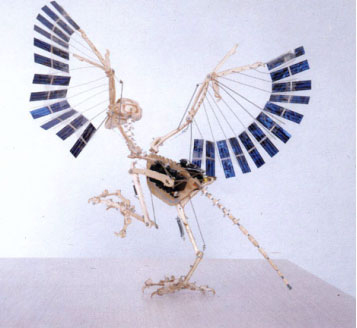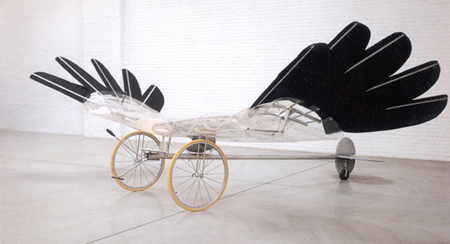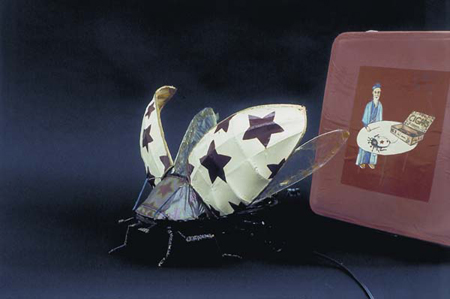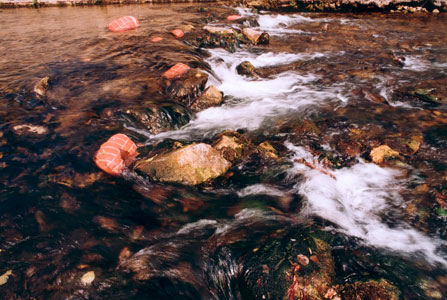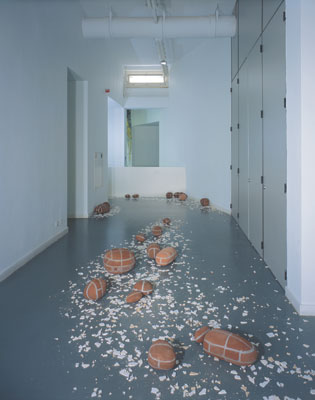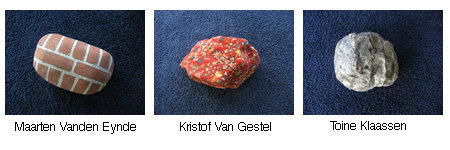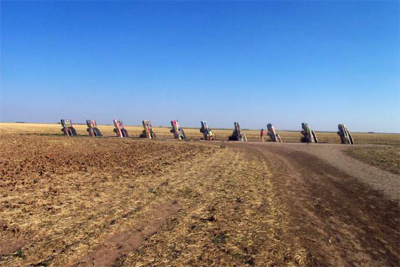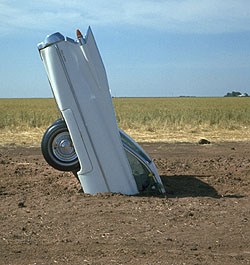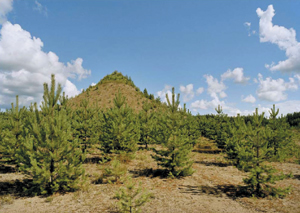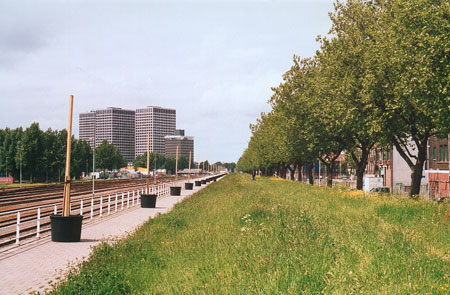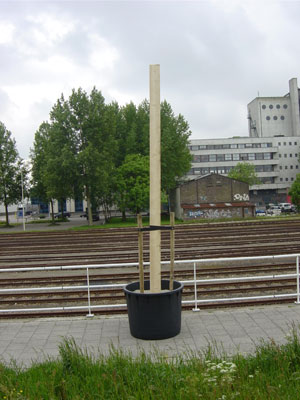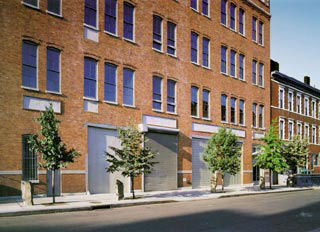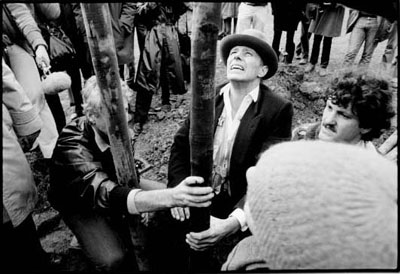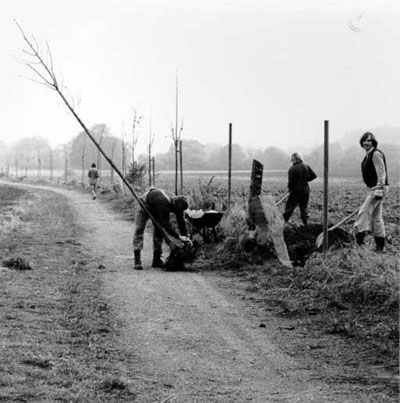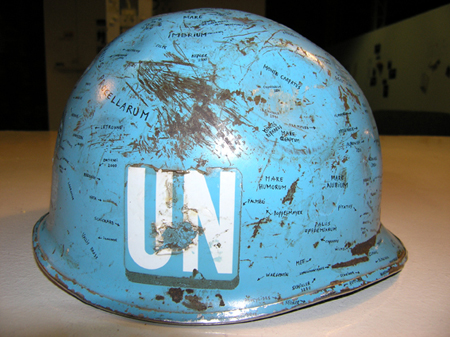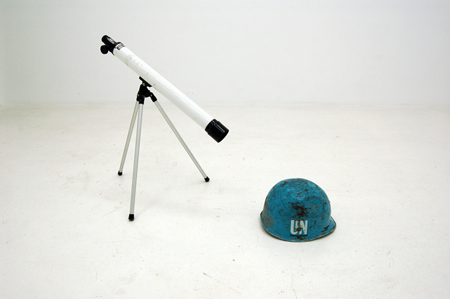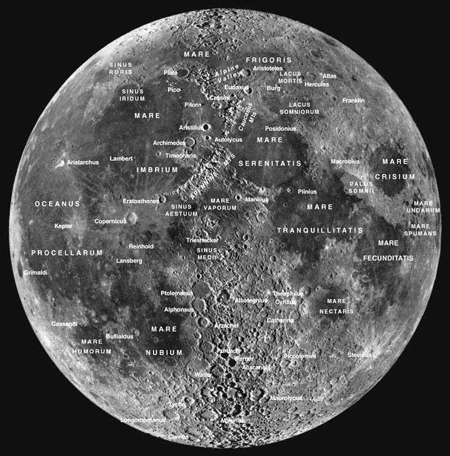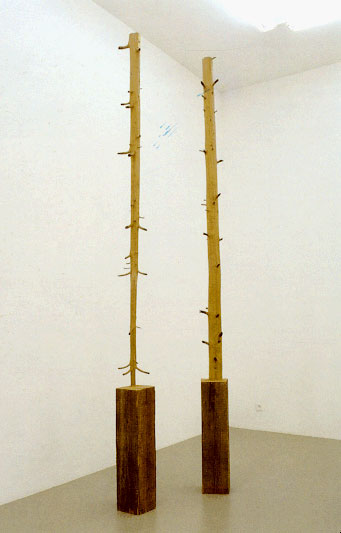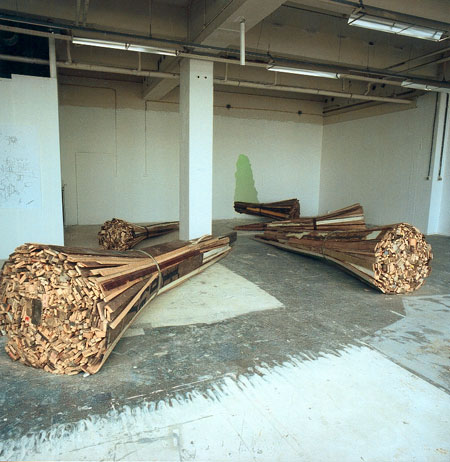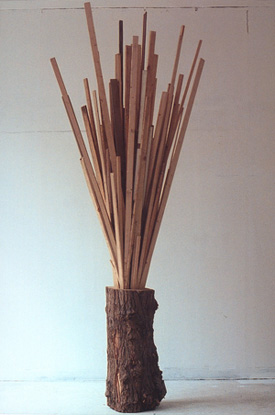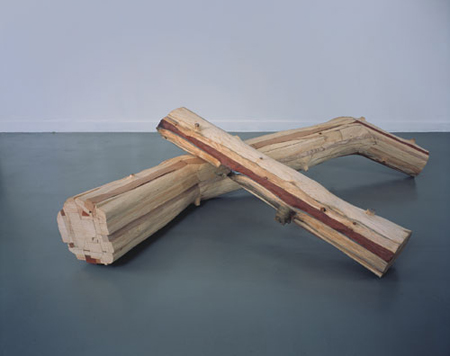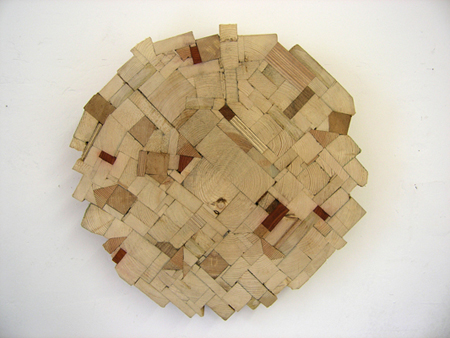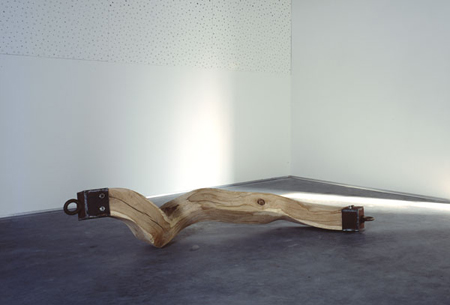Mark Dion
Mark Dion is an explorer, naturalist, archaeologist, botanist, historian, and artist all rolled into one. His recent art actions and museum installations have focused on archaeological digs at unusual sites, deemed “historically insignificant” by local historians. A recent dig on the bank of the Thames River in London revealed interesting, if not significant, objects such as medicine bottles, animal bones, pottery shards, and several messages in bottles. As with other dig recoveries, Dion categorized the Thames material and presented it in curiosity cabinets (a term describing the display cases used for cultural artifacts and oddities in the seventeenth century) at the Tate Museum in London. Unlike an archaeologist who scientifically classifies objects to reveal their historical significance, Dion creates his own categories that may tell us more about contemporary culture than that of the past-color, for example, may put a sixteenth century, yellow porcelain fragment next to a Juicy Fruit gum wrapper.
New England Digs, 2002
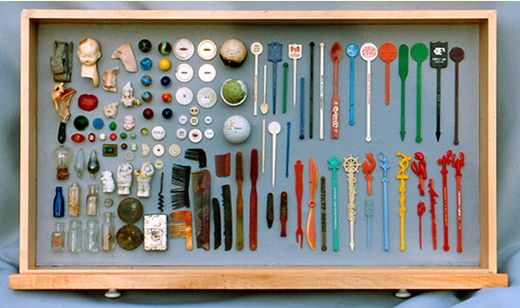
Maarten Vanden Eynde
‘In 2004 I went to Tajimi, Japan to master the art of traditional ceramic making. I learned to make a tea ceremony tea-cup, the most valuable ceramic art object, and destroyed it. I labeled it ‘Genetologic Research N.18, 2004 A.C., Tajimi, Japan’ and presented it in a typical conservation-like museum context. It was very hard to explain my motives to the Japanese visitors of the exhibition taking place at the end of my residency, who considered the broken cup as useless. A stonethrow away from the room where my work was shown, in the same building, people where selling little pieces of very old cups on an antique market for extravagant prices. Right now, in 2006, the work is history and as much part of archaeology as any other found object’.
‘Genetologic Research Nr. 18, 2004 A.D., Tajimi, Japan’, 2004
(35cm x 35cm x 20cm)
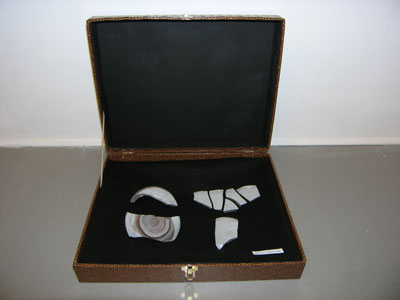
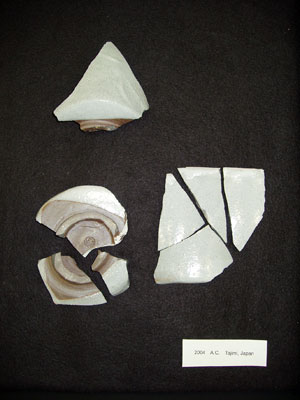
In 2005 I went to Rome, Italy, just after IKEA declared that their catalogue was now the most printed book ever in human history. They beat the bible in the same week as the big boss of IKEA beat Bill Gates and became the richest man on earth.
I descided to preserve an IKEA sample for future generations and dug it under ground in Il Foro Romanum, the old historic center of the Roman Empire. It is an open air museum, where archeologists are digging for eternity.
‘Preservation of IKEA tea cup’, 2005


